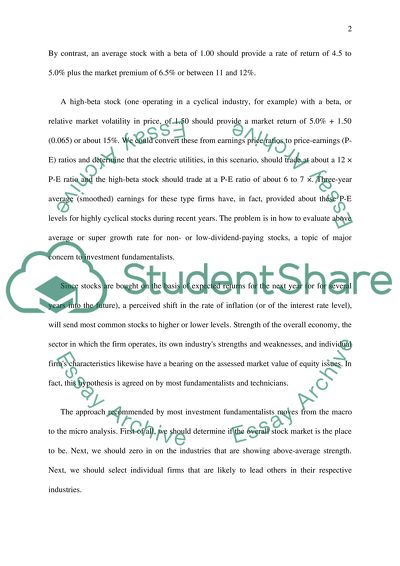Cite this document
(“The Capital Asset Pricing Model (CAPM) isn't wrong. It just doesn't go Essay”, n.d.)
The Capital Asset Pricing Model (CAPM) isn't wrong. It just doesn't go Essay. Retrieved from https://studentshare.org/miscellaneous/1524288-the-capital-asset-pricing-model-capm-isnt-wrong-it-just-doesnt-go-far-enough-discuss
The Capital Asset Pricing Model (CAPM) isn't wrong. It just doesn't go Essay. Retrieved from https://studentshare.org/miscellaneous/1524288-the-capital-asset-pricing-model-capm-isnt-wrong-it-just-doesnt-go-far-enough-discuss
(The Capital Asset Pricing Model (CAPM) isn't Wrong. It Just doesn'T Go Essay)
The Capital Asset Pricing Model (CAPM) isn't Wrong. It Just doesn'T Go Essay. https://studentshare.org/miscellaneous/1524288-the-capital-asset-pricing-model-capm-isnt-wrong-it-just-doesnt-go-far-enough-discuss.
The Capital Asset Pricing Model (CAPM) isn't Wrong. It Just doesn'T Go Essay. https://studentshare.org/miscellaneous/1524288-the-capital-asset-pricing-model-capm-isnt-wrong-it-just-doesnt-go-far-enough-discuss.
“The Capital Asset Pricing Model (CAPM) isn't Wrong. It Just doesn'T Go Essay”, n.d. https://studentshare.org/miscellaneous/1524288-the-capital-asset-pricing-model-capm-isnt-wrong-it-just-doesnt-go-far-enough-discuss.


